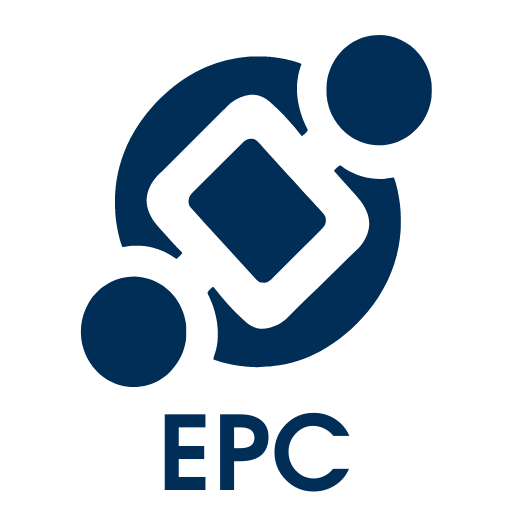Administrators can now define conditional rules for attributes and approval workflows, enabling a more dynamic and efficient process. This includes the ability to determine:
- Which roles or resources are required to approve based on selected attributes.
- Which attributes are mandatory, optional, or hidden based on the values of related attributes (e.g., type, compliance program, etc.).
This functionality extends to default attributes, such as Subtype, Category, and Description, ensuring these fields can also be designated as mandatory during object creation or editing. This structured approach streamlines the process, ensuring critical fields are addressed when necessary and reducing errors or omissions.
Together, these features enhance user efficiency, enable collaboration, and ensure governance while maintaining the integrity and completeness of important attributes. This comprehensive approach simplifies processes and ensures that organizational and compliance standards are consistently met.
Key Enhancements
- Draft Saving and Validation: Users can now create and save object updates without completing all mandatory fields upfront. Before submitting an object for approval or publishing, EPC validates that all required fields are completed, ensuring compliance while allowing for flexibility in draft creation.
- Dynamic Approval Workflows: Approval workflows are automatically created, updated, and combined based on specific attributes applied to the documentation, aligning with governance requirements.
Key Benefits
- Streamlined Information Completion: Users are guided on which fields need to be completed, reducing confusion and simplifying workflows.
- Flexibility in Draft Creation: Enables users to save and update objects incrementally, without requiring all mandatory fields to be completed at the outset.
- Enhanced Collaboration: Stakeholders, such as Quality or Compliance teams, can contribute during the review or endorsement cycle, filling in specific attributes as needed.
- Ensured Compliance: All mandatory fields are validated before publishing, ensuring essential information is captured and maintained.
- Enforced Governance: Approval workflows are dynamically generated and tailored to the specific attributes of the document or object, ensuring alignment with organizational policies.
How It Works
In the Define Object Type Conditions and Approval Workflows table, located under the Attributes tab in the Environment Admin section, all attributes are displayed along with their applicable object types. When editing attributes, two tabs are available in the Edit Conditions window:
- Approval Cycle:
Administrators can assign roles and resources that automatically join or leave the approval cycle when the subtype is added to an object. This feature ensures the appropriate reviewers are added or removed without manual adjustments.
- Value Conditions:
Administrators can configure rules to control the visibility and requirements of UDAs based on the object type:- Required: Marked with an asterisk (*), these attributes are mandatory for users to complete.
- Optional: Displayed without restrictions, users may fill them in if applicable.
- Hidden: These attributes are not displayed for certain types, minimizing irrelevant fields.
After saving the changes, you’ll find the Default Mandatory Fields table at the bottom of the same page. Use the grid interface to set the mandatory status of default fields (Subtype, Category, Description, & Scope) for object creation, customized per module:
- If checked, the field will be mandatory for object creation, displaying an asterisk (*) to indicate its status. Leaving the field blank will block object creation.
- If unchecked, the field remains optional and does not prevent object creation if left blank.
Need more help with this?
Visit the Support Portal





